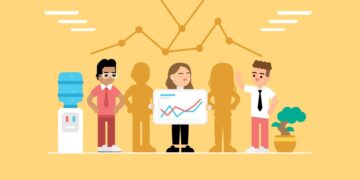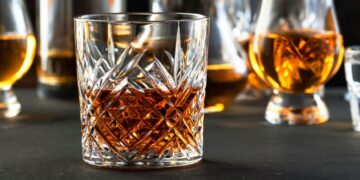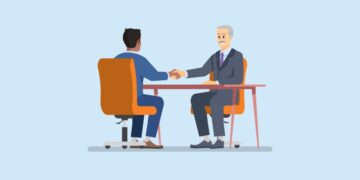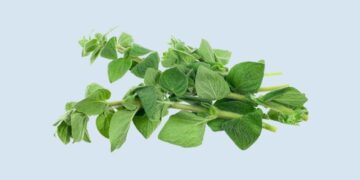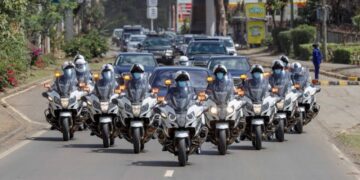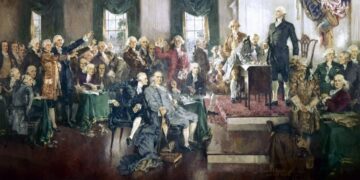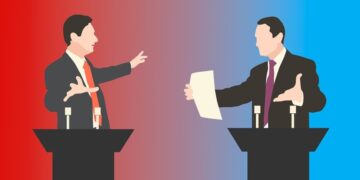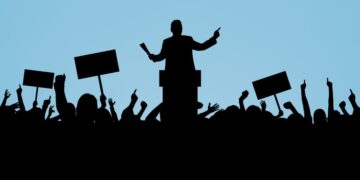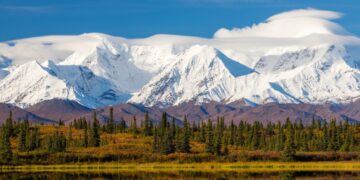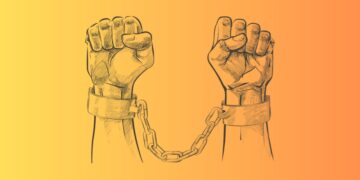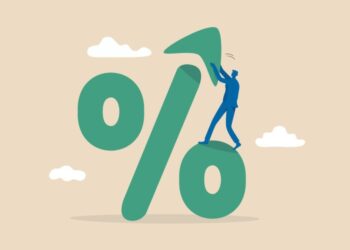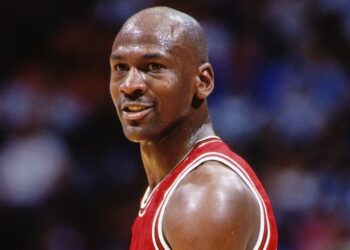Snipers have had a substantial history following the development of long-distance weaponry. As weapons, ammunition, and aids to determine ballistic solutions improved, so too did the distance from which a kill could be targeted. Although optical equipment such as rangefinders and ballistic calculators have largely eliminated manual calculations to determine elevation and windage, the fundamentals of accurate and precise long-range shooting remain essentially the same since the early history of shooting, and the skill and training of the shooter, and the shooter’s spotter where applicable, are the primary factors.
Accuracy and precision of ammunition and firearms are also still reliant primarily on human factors and attention to detail in the complex process of producing maximum performance. The modern method of long-distance sniping (shots over 1,100 m or 0.7 mi) requires intense training and practice. A sniper must have the ability to accurately estimate the various factors that influence a bullet’s trajectory and point of impact, such as the shooter’s distance from the target, wind direction, wind speed, air density, elevation, and even the Coriolis effect.
Mistakes in estimation compound over distance and can cause a shot to only injure, or to miss completely. Any given combination of firearm and ammunition will have an associated value, known as the circular error probable (CEP), defined as the radius of a circle whose boundary is expected to contain the impact points of half of the rounds fired. If the shooter wishes to improve accuracy, increase range, or both, the accuracy of estimates of external factors must improve accordingly. At extreme ranges, highly accurate estimates are required and even with the most accurate estimates, hitting the target becomes subject to uncontrollable factors.
For example, a rifle capable of firing a ½ or 0.5 MOA (approximately 0.5 inch center to center of the two holes furthest apart) 5-round group (often referred to as “grouping”) at 100 yards will theoretically fire a 12.5 inch group at 2,500 yards (0.5 × 2,500/100 = 12.5). Unless the group is centered perfectly on the target at 100 yards, the 2,500-yard group will be centered 25 times the off-center error at 100 yards. This example ignores all other factors and assumes no-wind shooting conditions, identical muzzle velocities, and identical ballistic performance for each shot.
Devices such as laser rangefinders, handheld meteorological measuring equipment, handheld computers, and ballistic-prediction software can contribute to increased accuracy (i.e., reduced CEP), although they rely on proper use and training to realize any advantages. In addition, as instruments of measure, they are subject to accuracy errors and malfunction. Handheld meteorological instruments only measure conditions at the location they are used. Wind direction and speed can vary dramatically along the path of the bullet.
Here are the top 20 longest sniper kills in history.
| Rank | Sniper | Nationality | Distance |
| 1. | 14.5mm Snipex Alligator rifle (name withheld) | Ukraine | 4,000 m (13,123 ft) |
| 2. | Viacheslav Kovalskyi | Ukraine | 3,800 m (12,467 ft) |
| 3. | JTF-2 sniper (name withheld) | Canada | 3,540 m (11,614 ft) |
| 4. | 2 Cdo Rgmt sniper (name withheld) | Australia | 2,815 m (9,239 ft) |
| 5. | Ukrainian National Guard sniper (name withheld) | Ukraine | 2,710 m (8,891 ft) |
| 6. | Corporal of Horse Craig Harrison | United Kingdom | 2,475 m (8,120 ft) |
| 7. | Corporal Rob Furlong | Canada | 2,430 m (7,972 ft) |
| 8. | Master Corporal Arron Perry | Canada | 2,310 m (7,579 ft) |
| 9. | Sergeant Brian Kremer | United States | 2,300 m (7,546 ft) |
| 10. | Gunnery Sergeant Carlos Hathcock | United States | 2,286 m (7,503 ft) |
| 11. | Special Forces sniper (name withheld) | South Africa | 2,125 m (6,969 ft) |
| 12. | Specialist Nicholas Ranstad | United States | 2,092 m (6,863 ft) |
| 13. | Chief Petty Officer Chris Kyle | United States | 1,920 m (6,299 ft) |
| 14. | Corporal Christopher Reynolds | United Kingdom | 1,853 m (6,081 ft) |
| 15. | Saudi Army sniper (name withheld) | Saudi Arabia | 1,700 m (5,577 ft) |
| 16. | Staff Sergeant Steve Reichert | United States | 1,614 m (5,298 ft) |
| 17. | Billy Dixon | United States | 1,406 m (4,613 ft) |
| 18. | Norwegian Army sniper (name withheld) | Norway | 1,380 m (4,528 ft) |
| 19. | Sergeant Vladimir Ilyin | Soviet Union | 1,350 m (4,429 ft) |
| 20. | Sergeant First Class Brandon McGuire | United States | 1,310 m (4,298 ft) |

